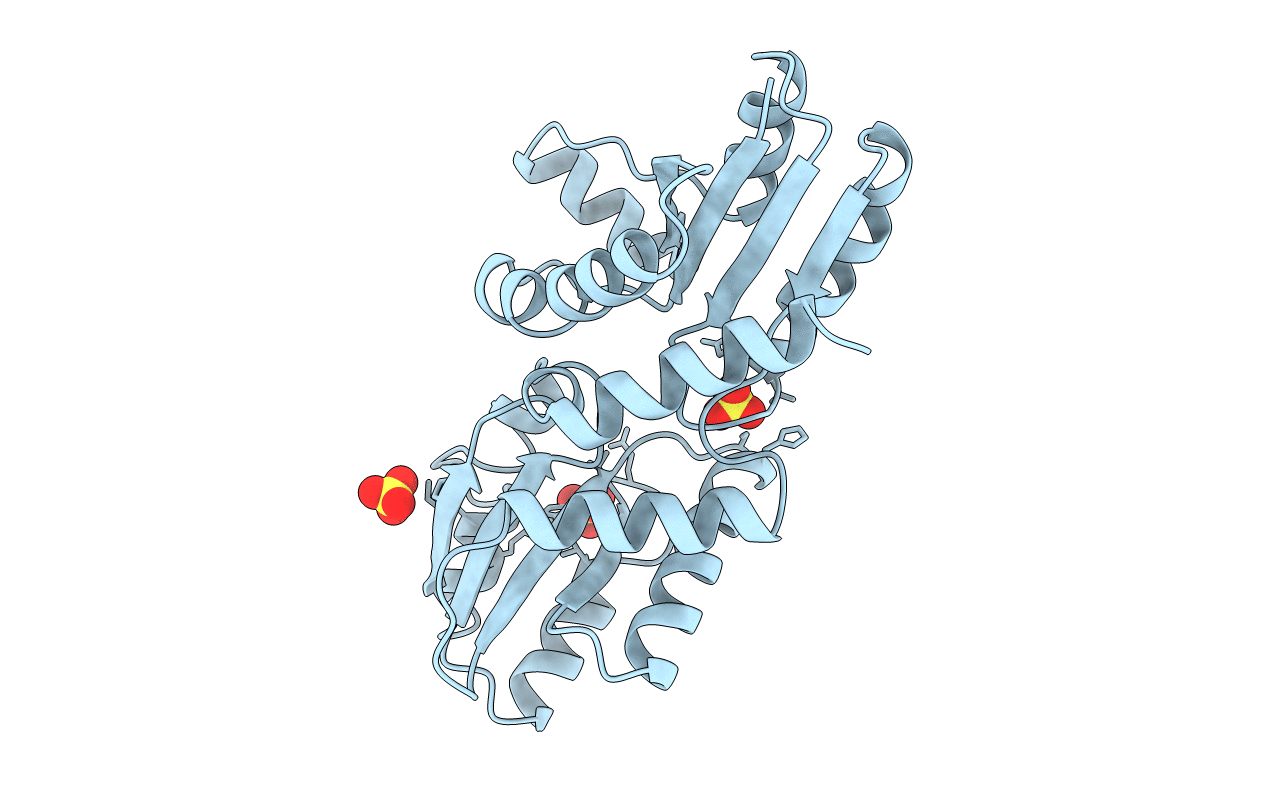
Deposition Date
1999-05-03
Release Date
1999-09-29
Last Version Date
2023-12-27
Entry Detail
PDB ID:
1QGO
Keywords:
Title:
ANAEROBIC COBALT CHELATASE IN COBALAMIN BIOSYNTHESIS FROM SALMONELLA TYPHIMURIUM
Biological Source:
Source Organism:
Salmonella typhimurium (Taxon ID: 99287)
Host Organism:
Method Details:
Experimental Method:
Resolution:
2.40 Å
R-Value Free:
0.27
R-Value Work:
0.20
Space Group:
P 63 2 2


